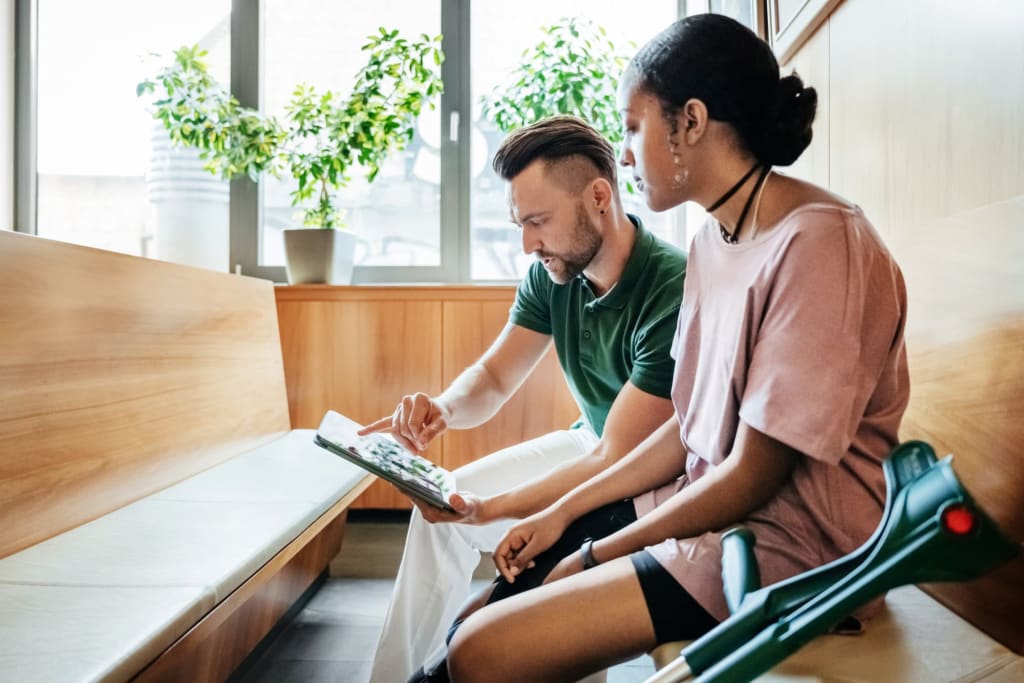Universal Design for Learning (UDL) is a framework that aims to make education more inclusive and accessible for all students, including those with disabilities. UDL recognizes that every student is unique and that traditional one-size-fits-all approaches to teaching and learning do not work for everyone. By using UDL principles, educators can create more flexible and customizable learning environments that support the diverse needs of all learners.
Students with disabilities face unique challenges in the classroom, such as physical barriers, comprehension difficulties, and communication challenges. UDL helps to address these challenges by providing multiple means of engagement, representation, and action and expression. This means that teachers can offer a variety of ways for students to access information, demonstrate their understanding, and engage with the material, allowing all students to succeed regardless of their abilities or disabilities.
One way that UDL supports students with disabilities is by providing multiple means of representation. For students with learning disabilities, visual impairments, or other challenges, traditional methods of presenting information may not be effective. UDL allows teachers to present information in various formats, such as audio recordings, videos, text-to-speech software, and tactile materials, so that all students can access the content in a way that works best for them.
UDL also supports students with disabilities by offering multiple means of engagement. Students with disabilities may struggle to stay motivated or interested in the material, especially if it is presented in a way that doesn’t resonate with them. UDL allows teachers to provide choices and opportunities for students to make decisions about their learning, fostering a sense of independence and ownership over their education.
Finally, UDL supports students with disabilities by offering multiple means of action and expression. Students with disabilities may have difficulty demonstrating their understanding of the material through traditional assessments, such as written exams or oral presentations. UDL allows teachers to offer alternative ways for students to show what they know, such as through projects, multimedia presentations, or hands-on activities, so that all students can showcase their learning in a way that works best for them.
Overall, UDL is a powerful tool for creating more inclusive and equitable learning environments for students with disabilities. By incorporating UDL principles into their teaching practices, educators can ensure that all students have the opportunity to succeed and reach their full potential, regardless of their abilities or disabilities.
